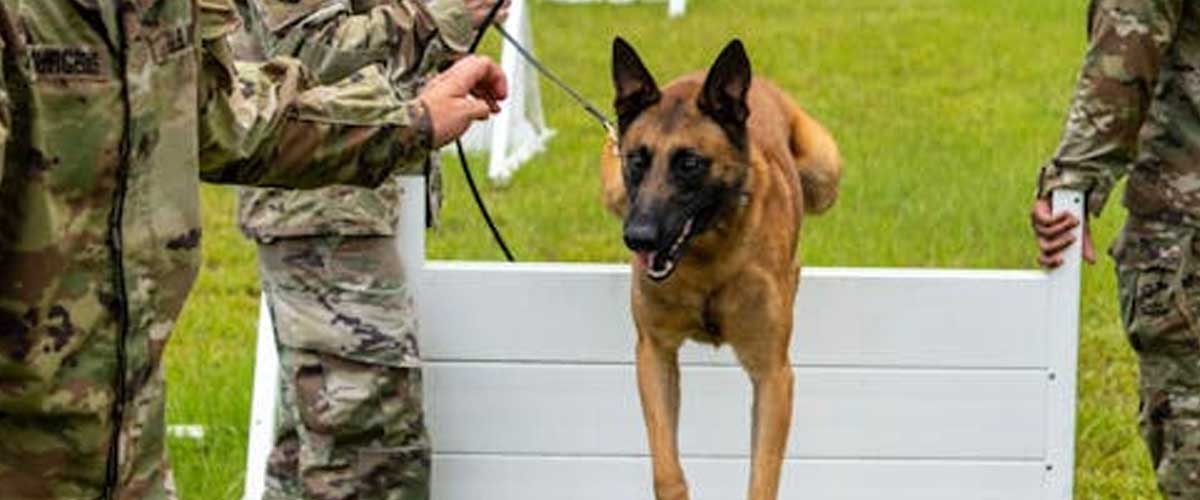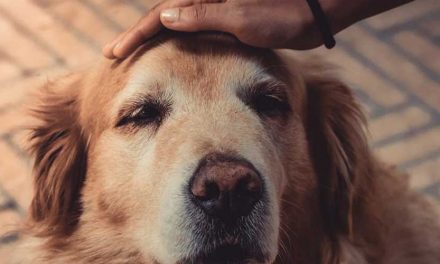Army dogs, or military working dogs (MWDs), play an indispensable role in the armed forces, serving alongside soldiers in various capacities.
These highly trained canines contribute to mission success and enhance the safety and effectiveness of military operations.
Here are the primary duties of army dogs and how they assist in various military functions.
1. Detection and Sensing
One of the primary responsibilities of army dogs is detection.
Their acute sense of smell allows them to identify explosives, narcotics, and other hazardous materials.
These dogs are trained to sniff out hidden explosives, thereby helping to prevent ambushes and safeguard troops.
Whether in a combat zone or during training exercises, their ability to detect dangers that may be invisible to human senses is invaluable.
2. Patrol and Security
Army dogs are often deployed for patrol and security duties.
They accompany soldiers on missions, providing an extra layer of security and vigilance.
Their presence can deter potential threats and provide an early warning system for approaching dangers.
In many situations, their keen instincts can alert handlers to threats that might otherwise go unnoticed.
3. Search and Rescue Operations
In times of crisis or disaster, army dogs are essential for search and rescue operations.
Their training allows them to navigate rubble and difficult terrains to locate and help find missing persons or soldiers.
In scenarios such as natural disasters or military engagements, these dogs utilize their strong sense of smell and agility to locate survivors buried under debris.
4. Combat Support
Army dogs play a vital role in combat scenarios.
They can be trained to protect their handlers, engage with threat targets, and provide companionship, which can boost morale and lower stress levels among troops.
Their ability to operate in a diverse range of environments means they can adapt to various combat situations, enhancing their effectiveness on the battlefield.
5. Therapy and Support
Beyond combat and detection roles, army dogs also provide emotional support and therapy for soldiers.
Service dogs are trained to assist veterans dealing with post-traumatic stress disorder (PTSD), anxiety, and depression.
Their comforting presence helps alleviate stress and fosters a sense of normalcy in the lives of service members returning from deployments.
6. Training and Drills
Army dogs undergo rigorous training to prepare them for their duties.
This training includes obedience, agility, and specific task performance, and can take several months to years to complete.
Handlers play a crucial role in the development of these dogs, building a strong bond that enhances teamwork and effectiveness during missions.
Conclusion
Army dogs are more than just pets or companions; they are dedicated service members that perform critical roles in ensuring the success of military operations.
From detecting threats to providing emotional support, their contributions are invaluable to the safety and effectiveness of armed forces worldwide.
As technology and methodologies continue to evolve, the bond between soldiers and these remarkable canines remains a cornerstone of military operations, underscoring the significant impact that army dogs have in safeguarding lives.









